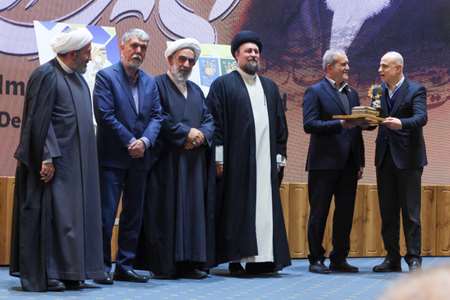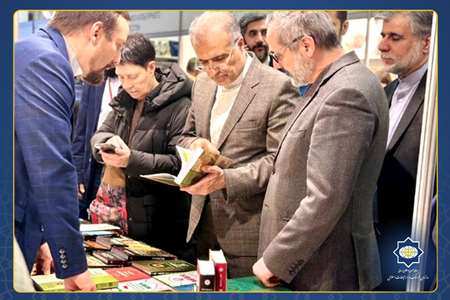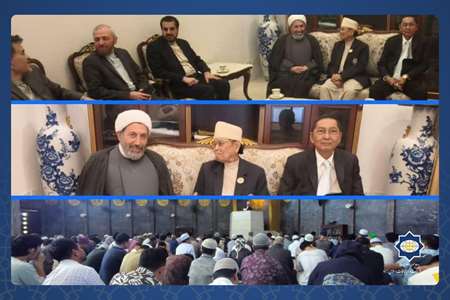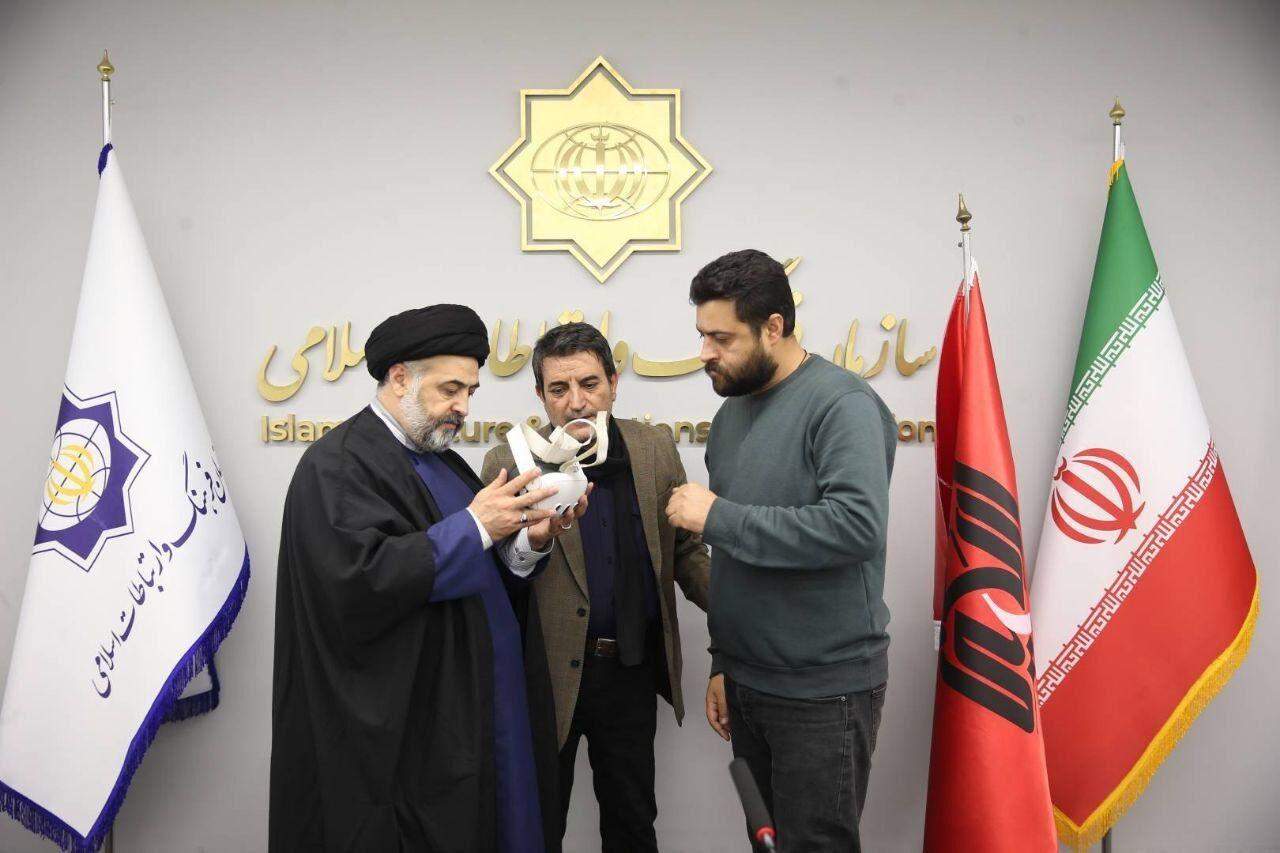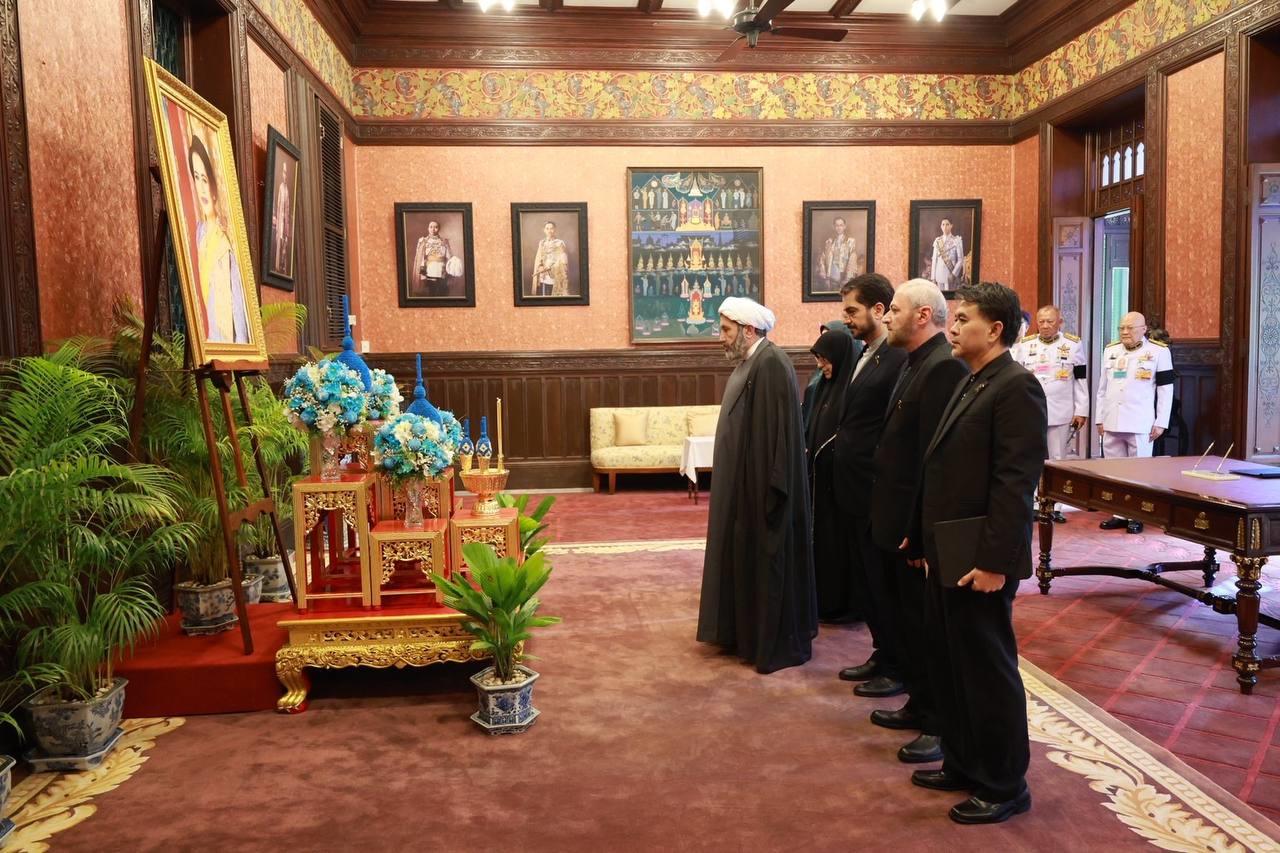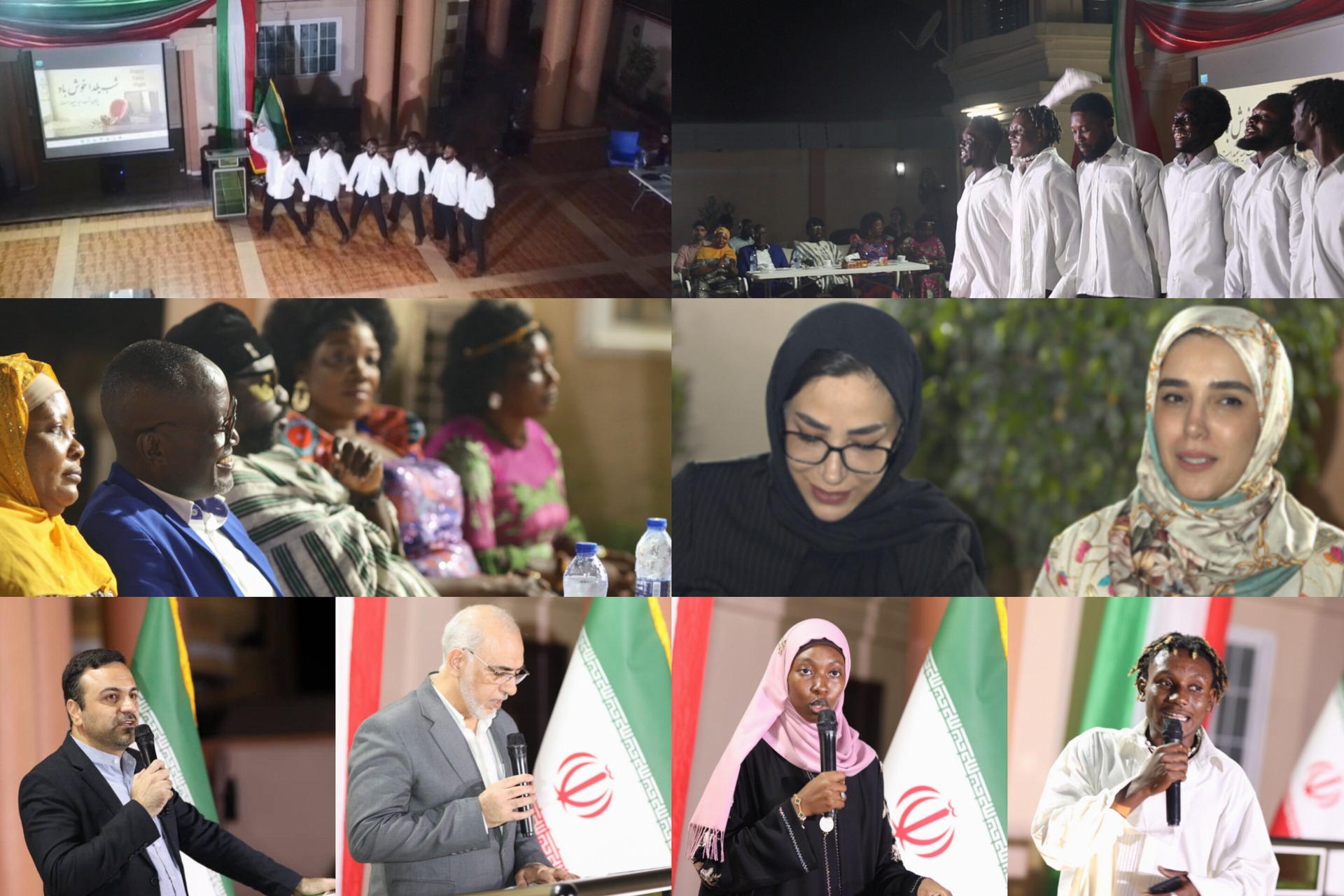ویژگیهای تندیس سازمان فرهنگ و ارتباطات اسلامی
سیمرغ پرندهای اسطورهای است که جلوههای مختلفی در افسانه، حماسه، فلسفه، عرفان و به طور کلی در فضای فرهنگ ایرانی دارد.
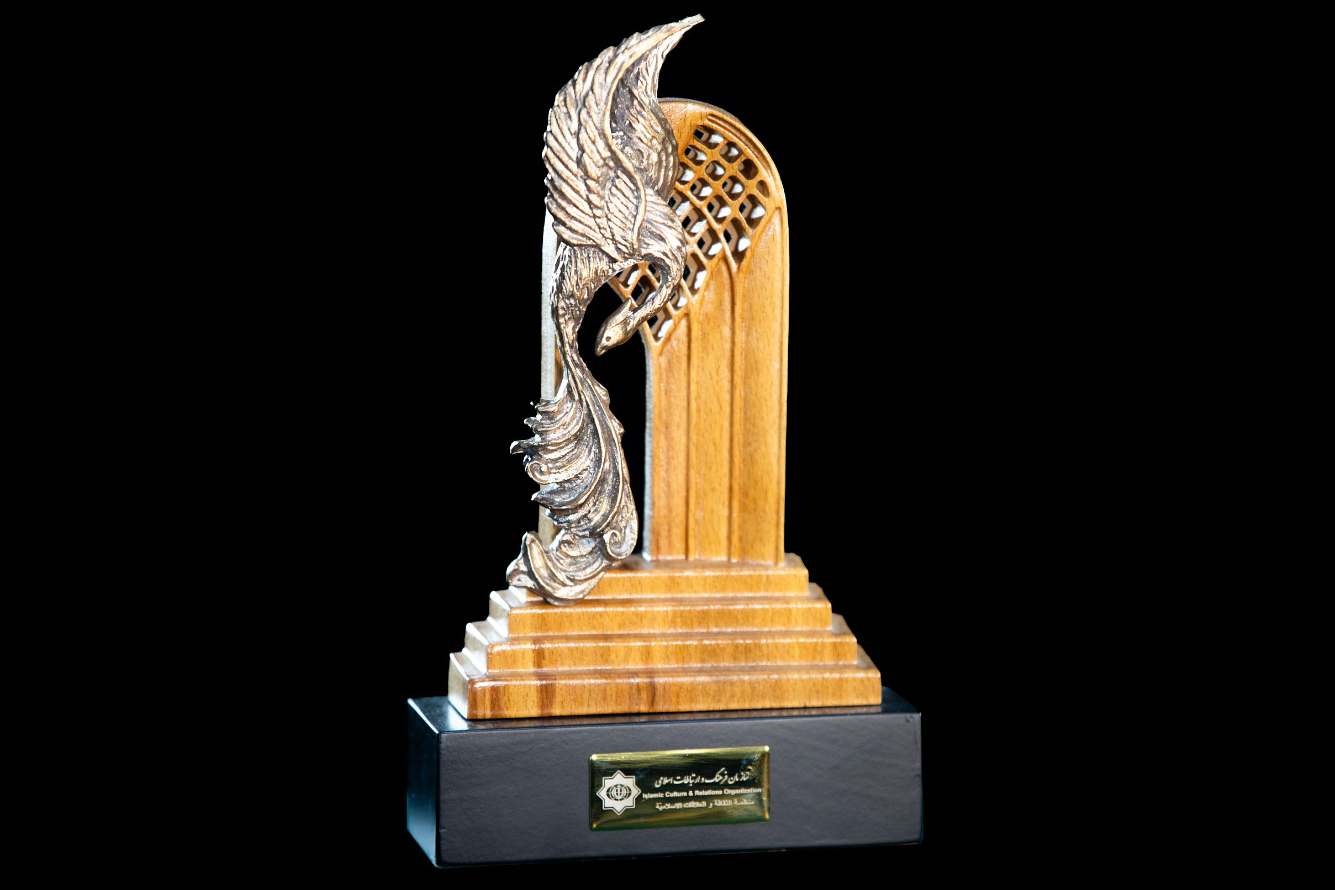
داستان سیمرغ در منطق الطیر عطار نیشابوری (1146م – 1221م) از شهرت خاصی برخوردار است.
محراب نیز در معماری اسلامی ـ ایرانی جایگاه ویژهای دارد. محراب نمادی از طاق آسمان و دروازهای به سوی بهشت میباشد و پنجرههای مقرنس محل عبور نور از آسمان به زمین است، قرار گرفتن سیمرغ برنزی که بیانگر اتحاد همنوع است، بر بلندای پلههای هستی و کنار محرابی از چوب راش که عنصری کاملاً طبیعی است؛ از این تندیس که به دست هنرمندانه استاد شهرام امیری ساخته شده است، اثری ارزنده و به یاد ماندنی، برجای گذاشته است.
The simurgh is a mythical bird that has various manifestations in Iranian legends, epics, philosophy, mysticism, and other aspects of Iranian culture
The story of Simurgh, narrated in Attar Neyshaburi’s (1146-1221 AD) Mantiq al-Tayr (Conference of the Birds), is particularly famous
By the same token, mihrab (niche), too, holds a special place in Iranian Islamic architecture. The mihrab is a symbol of the arch of the sky and a gateway to heaven, and its muqarnas windows are for the passage of light from the sky to the earth
The bronze simurgh - symbolizing unity - placed on top of steps and next to a niche made of beech wood, which is a completely natural element, has turned the sculpture, artistically created by Master Shahram Amiri, into a valuable and enduring legacy

روابط عمومی و اطلاع رسانی سازمان فرهنگ و ارتباطات اسلامی

